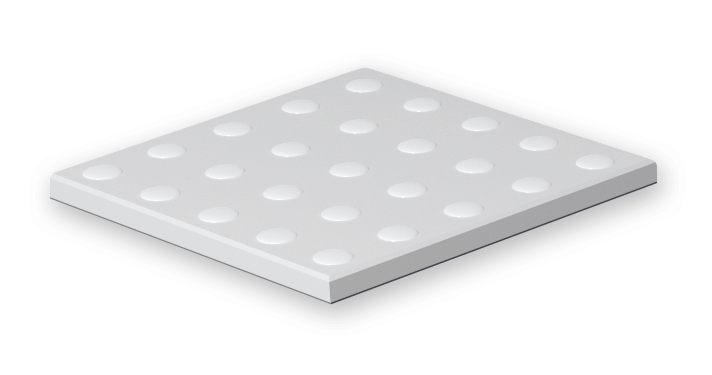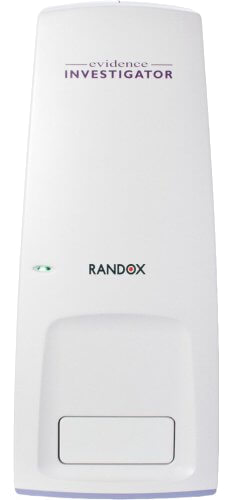Solutions
keyboard_arrow_downServices
keyboard_arrow_downSupport & Resources
keyboard_arrow_downCompany
keyboard_arrow_downContact
Get in touch to discover more
To find out more about the Acute Kidney Injury, enquire now.
Multiplex Detection of Acute Kidney Injury from a Single Sample
Identify early-stage renal impairment sooner allowing for earlier intervention.
Monitor treatment efficacy and drug toxicity.
Conduct safer and faster clinical trials.
Simultaneous detection of four novel kidney biomarkers from a single urine sample.
Novel biomarkers ensure better accuracy compared to traditional creatinine measurement.
Better identify reduced renal function, as each biomarker reflects a different mechanism that results in injury.
Acute Kidney Injury (AKI) is traditionally diagnosed using serum creatinine. Serum creatinine, however, has poor sensitivity and specificity for AKI. There is an immediate need for more sensitive biomarkers to enable earlier detection of AKI, monitor drug toxicity and identify patients at an increased risk of CKD, end-stage renal disease, or long-term kidney dialysis.
NICE guidelines recommend patients are assessed for AKI on admission to hospital or transfer, monitored for AKI throughout their stay and AKI is managed appropriately if it develops.

Biomarkers Tested
Highly upregulated in kidney tubule cells following nephrotoxic injury severe enough to result in acute renal failure, tubular necrosis, or tubulo-interstitial nephropathy.
Accumulation of Cystatin C in urine is specific for tubular kidney damage and suggests reabsorption at the proximal tubules because of toxicant-induced kidney injury.
Upregulated following a variety of renal injuries and detectable in urine following AKI induced by nephrotoxic agents. Occurs before damage that gives rise to changes in creatinine and BUN.
Detectable in healthy kidney tissue but expressed at very high levels in proximal tubule epithelial cells in the kidney after toxic injury.
The Evidence Investigator
The Randox AKI array has been developed for the Evidence Investigator, a semi-automated benchtop immunoassay analyser.
The AKI array would improve patient risk stratification whilst monitoring the effectiveness of treatments & drug toxicity by simultaneously and quantitatively detecting multiple urine biomarkers of kidney damage-related analytes from a single sample.



